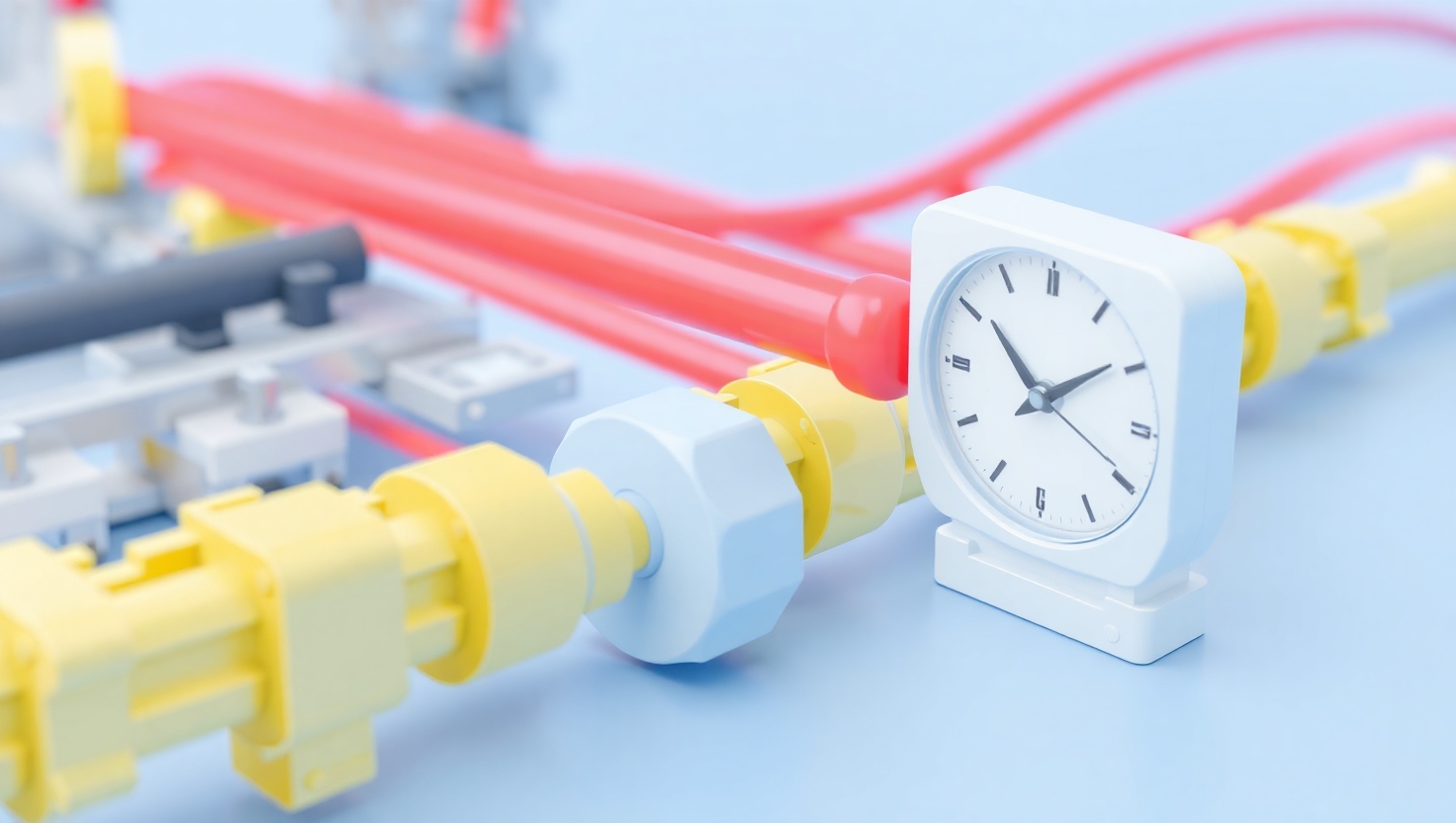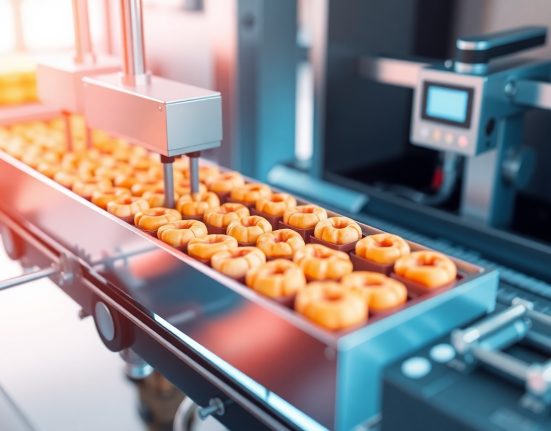In the world of automation and industrial control, one of the big questions engineers and system designers often face is which type of control to choose – time-based control or sensor-based control. These two approaches offer different ways to manage processes, each with its own unique benefits and limitations. Picking the right one can make a huge difference in how efficient, accurate, and reliable a system ends up being.
Time-based control focuses on managing actions or events according to a fixed schedule. It’s a pretty straightforward approach that lets you plan processes ahead of time based on set intervals, without relying on outside or changing information. The big plus here is simplicity and stability: you don’t need complex measuring devices, which means lower operating and maintenance costs. Plus, in situations where the environment is stable and the tasks require a clear chronological order, time-based control can ensure things run smoothly and predictably. The downside is the lack of flexibility — if unexpected changes happen, the system might just keep following the preset schedule, ignoring new conditions, which could waste resources or cause problems.
On the other hand, sensor-based control uses real-time information from the environment or the system itself to make decisions on the fly. Different sensors – like temperature, humidity, motion, pressure, and more – feed the system with accurate, up-to-date data, allowing it to respond immediately to changing conditions. The biggest advantage here is flexibility and precision: the system can adjust exactly to what’s happening right now, reducing waste, preventing issues, and boosting reliability. Sensor-based control works especially well in dynamic, complex environments where conditions change often, such as advanced production lines or smart energy management systems. That said, it comes with greater technological complexity, ongoing maintenance needs for the sensors, and higher costs to buy and set up the system.
At the end of the day, choosing between time-based and sensor-based control really depends on the nature of the process, the working conditions, and the goals you want to achieve. If timing is critical and you can plan actions in advance without worrying about sudden changes, time-based control is a simple and reliable choice. But if you need to be sensitive to shifting conditions and respond quickly, sensor-based control offers a more advanced and flexible solution. Often, the best results come from combining both approaches—running some parts of the process on a fixed schedule while others react to sensor data, tailored exactly to what the system needs.














